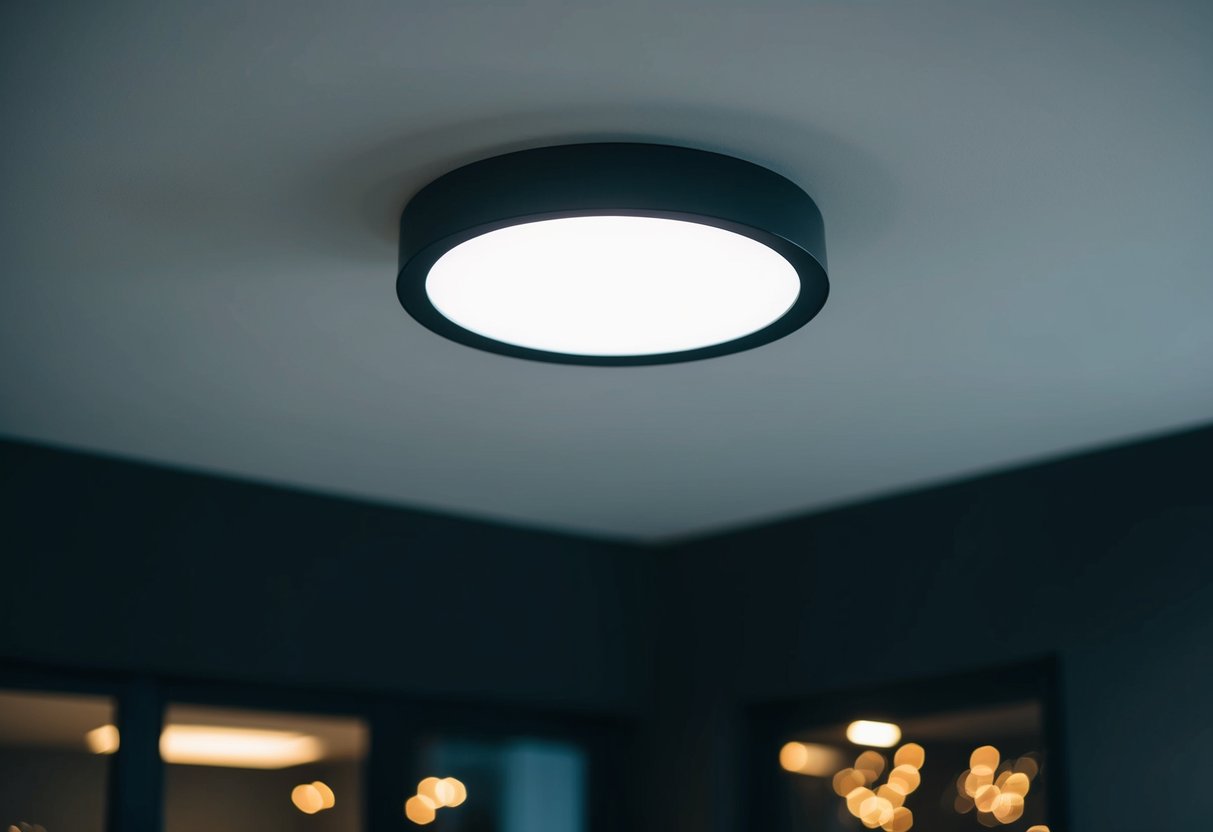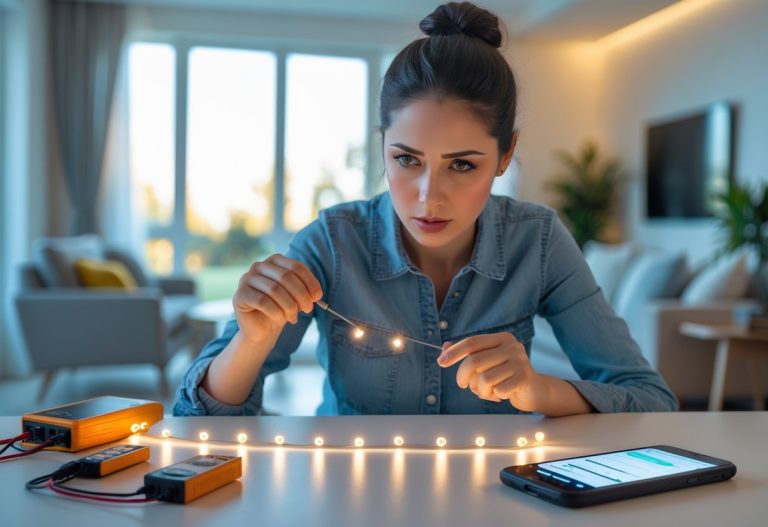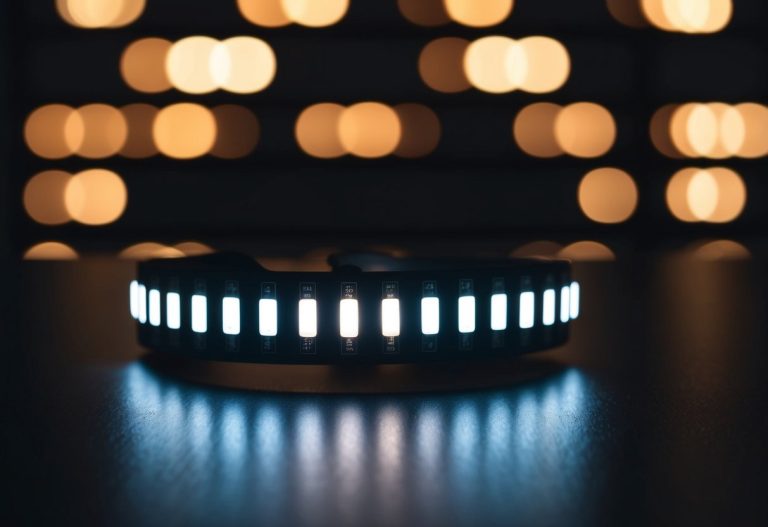If your LED ceiling light is not working, the most common cause is a problem with the power supply or the fixture itself. Often, the issue is either a faulty connection, a power source problem, or the built-in LED bulbs wearing out. Since many LED ceiling lights have integrated bulbs, replacing the whole fixture might be the easiest fix.
Before buying a new light, you can check if the power is reaching the fixture and if the connections are secure. Sometimes, flickering or lights working on and off means a loose wire or a switch issue. Understanding these simple reasons can save you time and money.
Troubleshooting LED Ceiling Light Not Working

When your LED ceiling light stops working, it’s usually because of a few common issues. These problems often involve power, bulbs, or connections. Checking each of these carefully can help you fix the light without hassle.
Checking Power Supply and Switches
First, make sure your light is getting power. Check if the circuit breaker is on and hasn’t tripped. Sometimes the breaker may look on but needs to be reset.
Next, test the light switch. Flip the switch on and off a few times. If you have a multimeter, you can check if power is reaching the switch. Faulty switches can stop the light from working, so consider replacing them if you suspect a problem.
Also, look for any loose wire connections near the switch or breaker. A loose wire can interrupt power flow and cause the light not to turn on.
Inspecting LED Bulbs and Fixtures
Your LED ceiling light might have a built-in LED module or replaceable bulbs. Check the bulbs first. If they are flickering or dim, they might be blown or failing.
If you have a built-in LED fixture, test for output voltage on the LED PCB (printed circuit board). No voltage could mean a driver issue or power supply fault. A blown LED chip can also cause no light.
Try swapping bulbs or modules with known working ones if possible. This helps you figure out if the problem is with the bulbs or the fixture itself.
Examining Loose Connections
Loose wiring is a common cause of LED ceiling lights not working. Check wires at the ceiling junction box and inside the light fixture. Look for any disconnected or poorly connected wires.
Be careful to turn off power before inspecting connections. Tighten any loose wire nuts or terminal screws you find.
Don’t forget to check connections in your switch box as well. Loose wires there can prevent power from reaching your light. If you find damaged wires, replace or repair them carefully.
Use this checklist to inspect connections:
| Location | What to Check | Action if Loose or Damaged |
|---|---|---|
| Ceiling junction box | Wire nuts and wire ends | Tighten or replace |
| LED fixture | Terminal screws and wires | Secure and tighten |
| Switch box | Wire connections and switch | Tighten, replace switch if bad |
Advanced Fixes and Maintenance Tips

When your LED ceiling light has issues beyond basic problems, focusing on the driver and flickering or dimming can help you fix it. These parts often cause trouble but can be checked and replaced with the right steps.
Identifying Faulty Drivers or Ballasts
Your LED light driver controls electricity flow to the LEDs. If your light won’t turn on or flickers often, the driver might be faulty. Start by turning off power at the breaker. Then, remove the light cover and locate the driver—usually a small box inside the fixture.
Look for signs of damage like burns, swelling, or a burnt smell. Use a multimeter to test the output voltage if you have one. A bad driver often shows no or inconsistent voltage. If the driver is damaged, replace it with a matching model.
Always double-check your connections. Loose or corroded wires can cause problems like flickering or no light at all. Secure all wiring tightly before testing the fixture again.
Addressing Flickering or Dimming Issues
Flickering or dimming usually comes from poor connections, driver issues, or incompatible dimmer switches. First, check the wall switch to make sure it’s working correctly. Replace the switch if it feels loose or doesn’t click properly.
If your LED is connected to a dimmer, confirm it is compatible with LED lights. Many old dimmers are made for incandescent bulbs and can cause flickering. Switch to an LED-compatible dimmer to fix this.
Sometimes flickering happens when voltage drops in your home wiring. Inspect breaker panels or call an electrician if needed. Also, keep your LED fixture dry because water buildup can cause short circuits and flickering.


